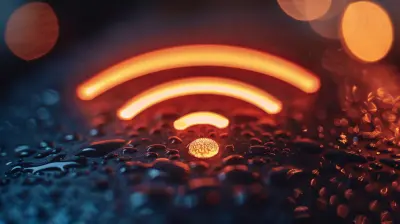Wireless Chargers: Which One’s Best for Your Phone?
11 October 2025
In a world where everything is going wireless, one of the most convenient developments is wireless charging. No more fumbling with cords, trying to find the end that's not frayed, or battling with mismatched ports. You simply place your phone down, and it starts charging like magic. But with so many options available, how do you know which wireless charger is right for your phone? Let’s dive deep into the world of wireless chargers and help you figure out the best one for your device.
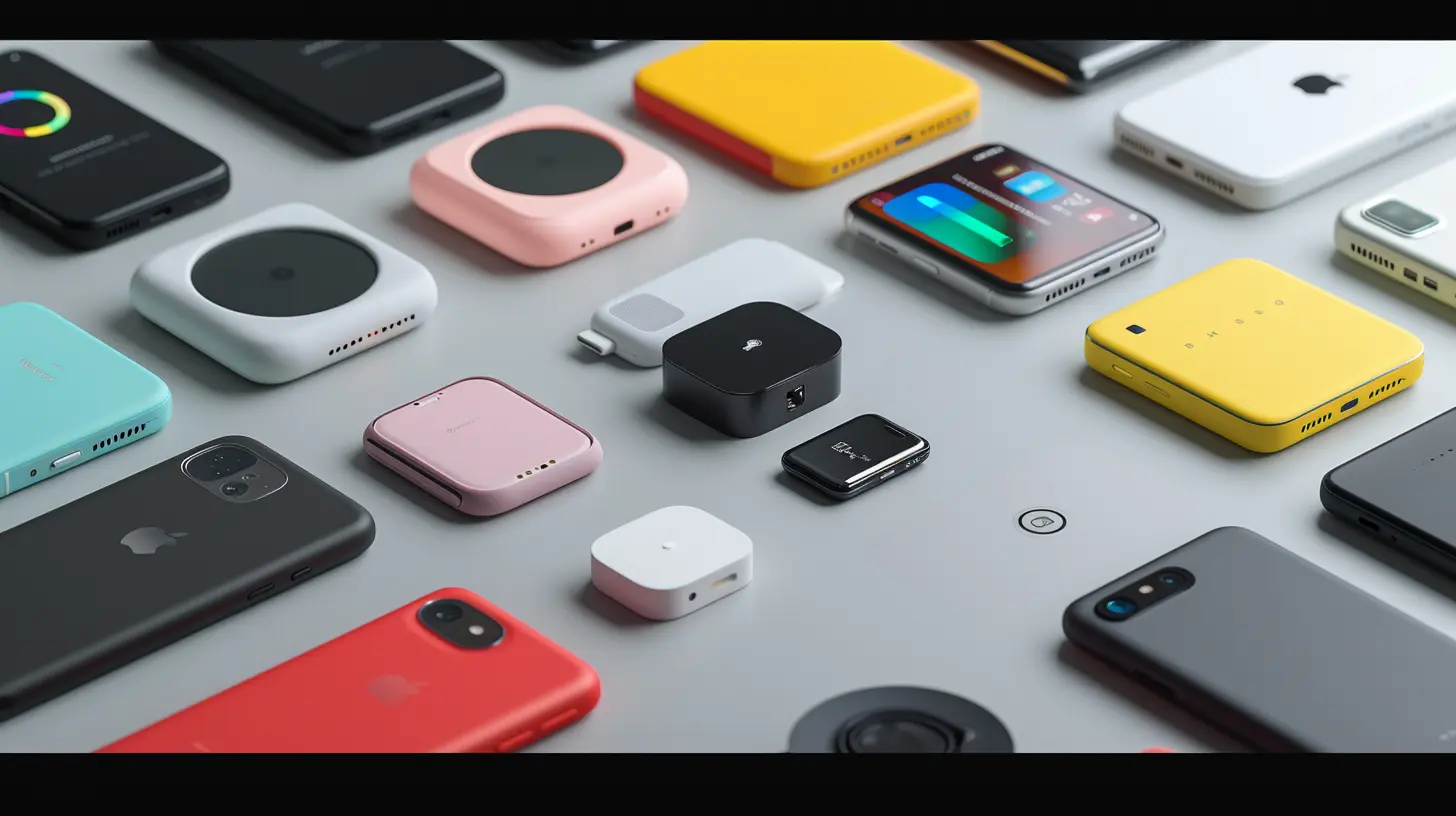
What is Wireless Charging?
Wireless charging, also known as inductive charging, allows your phone to charge without plugging in a cable directly. Instead, it uses electromagnetic fields to transfer energy from the charger to your phone. The most common standard for wireless charging is Qi (pronounced "chee"), which is supported by most modern smartphones, including Apple iPhones and Samsung Galaxy devices.Imagine having a coffee, placing your phone on a sleek charging pad, and just letting it power up. No more looking for a charger or untangling wires. Sounds perfect, right? But there’s more to it than just convenience. Not all wireless chargers are created equal. So, which one’s best for your phone?
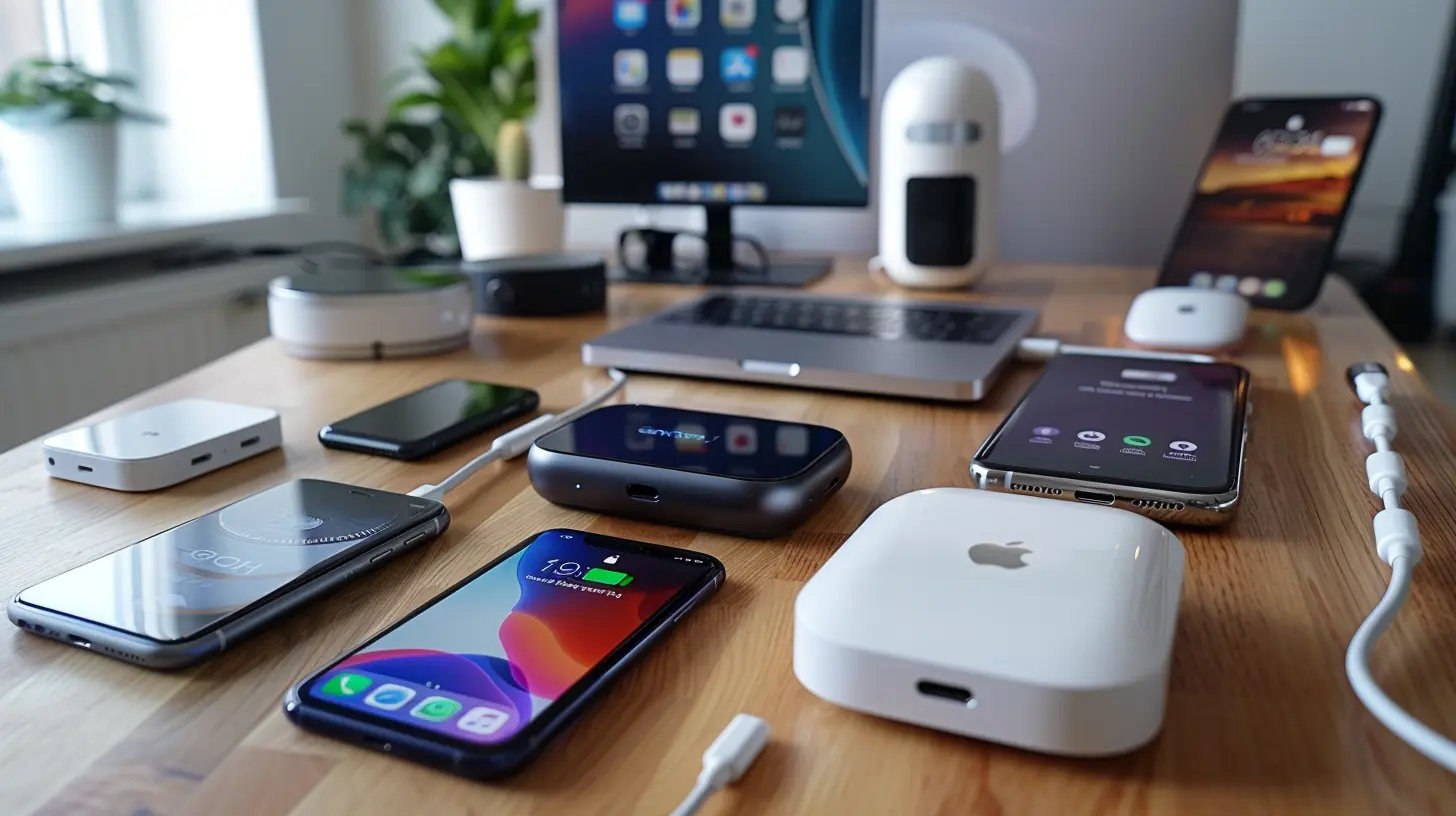
Key Factors to Consider When Choosing a Wireless Charger
Before you grab the first wireless charger that catches your eye, let’s break down the important factors to consider:1. Charging Speed
Wireless chargers vary in how fast they can charge your phone. Some can deliver power at 5W, while others can ramp it up to 15W or even higher. If you’re someone who's always on the go and needs your phone charged quickly, you'll want to go for a faster charger.But here's the catch: not all phones are designed to handle these higher speeds. For instance, iPhones currently max out at 7.5W with wireless charging, while many Android phones like the Samsung Galaxy can handle up to 15W. So, make sure your phone is compatible with the charger's output.
2. Compatibility
While most modern phones support Qi wireless charging, there are differences between manufacturers. Some phones may have proprietary features that work best with certain chargers. For instance, Apple’s MagSafe chargers are designed specifically for iPhones and align perfectly with the phone using magnets. If you use a non-MagSafe charger with an iPhone, it will still work, but you won’t get the magnetic benefits and might experience slower charging.3. Design & Build Quality
This might sound trivial, but trust me, the design and build quality of a wireless charger matter. Do you want a sleek, minimalistic design that complements your desk, or are you okay with a bulkier, more functional model? Also, think about the materials used – some chargers are made with cheap plastic that can overheat, while others use aluminum or glass, which not only look more premium but also dissipate heat better.4. Heat Management
Speaking of heat, it’s important to know that wireless charging produces more heat than wired charging. This is because energy is transferred wirelessly, and some of it is lost as heat. A good wireless charger should have a design that manages heat effectively, preventing your phone or the charger itself from overheating. Chargers with cooling fans or heat-dissipating materials are a good choice if you’re concerned about heat.5. Stand vs. Pad
Wireless chargers come in two main styles: standing or pad.- Charging Pads are flat and require you to lay your phone down on them. They’re sleek and minimalistic, but you can’t easily see your phone screen while charging.
- Charging Stands, on the other hand, hold your phone upright, making it easy to glance at notifications or even use your phone while it charges. They’re especially handy for video calls or watching videos while powering up.
The choice between a stand and a pad is mostly about preference and how you use your phone during charging.
6. Price
Wireless chargers come in all price ranges, from budget-friendly models to premium ones. While it’s tempting to go for the cheapest option, remember that you often get what you pay for. Cheaper chargers may not be as reliable, may charge slower, or could overheat more easily. On the flip side, you don’t necessarily need the most expensive charger either. It’s all about finding a balance between price and quality.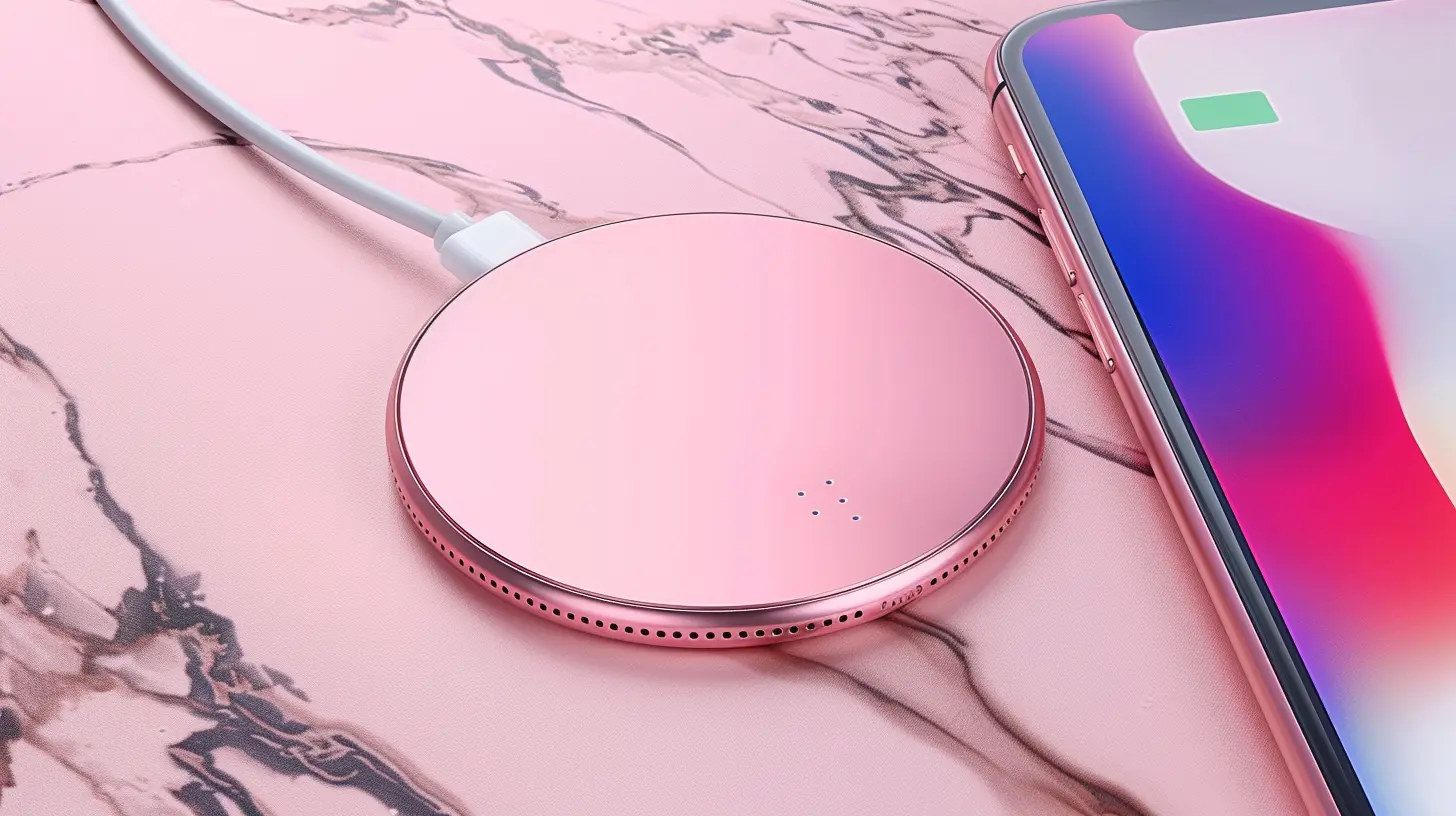
The Best Wireless Chargers for Your Phone
Now that we’ve covered the essentials, let’s look at some of the top wireless chargers out there. These recommendations are based on charging speed, design, compatibility, and overall value for money.1. Apple MagSafe Charger
If you’ve got an iPhone 12 or later, Apple’s MagSafe Charger is a no-brainer. This charger snaps onto the back of your iPhone using magnets, perfectly aligning itself for optimal charging. It delivers up to 15W of power and charges your iPhone faster than most other wireless chargers.The downside? It’s a bit pricey, and it works best with MagSafe-compatible iPhones. Although it will charge older models or non-MagSafe phones, the magnetic alignment won’t work, and charging speeds may be slower.
2. Anker PowerWave Pad
If you’re looking for a solid, budget-friendly option, the Anker PowerWave Pad is a great choice. It delivers up to 10W of power for Android devices and 7.5W for iPhones. It’s simple, effective, and gets the job done without breaking the bank.It doesn’t have the fancy magnetic alignment of MagSafe, but it’s a reliable charger that works with most Qi-enabled devices. Plus, Anker is known for making high-quality, budget-friendly tech accessories, so you know you’re in good hands.
3. Samsung Wireless Charger Stand
If you’re a Samsung user, the Samsung Wireless Charger Stand is a fantastic option. It supports fast charging up to 15W for compatible Samsung devices, and its stand design allows you to easily view your phone while it charges. It even includes a built-in fan to help keep your phone cool – a nice bonus for those longer charging sessions.This charger also works with other Qi-enabled devices, but you’ll get the fastest speeds with Samsung phones.
4. Belkin Boost Up Wireless Charging Stand
The Belkin Boost Up is another great option for those who prefer a charging stand. It supports both 7.5W charging for iPhones and up to 10W for Android devices. The stand design allows you to charge your phone in either portrait or landscape mode, making it perfect for watching videos or FaceTiming while your phone powers up.Belkin is a trusted brand, and the Boost Up is well-built and reliable, though it’s priced a bit higher than some other options.
5. Nomad Base Station Pro
If you’re looking for something premium and don’t mind spending a bit more, the Nomad Base Station Pro is a top-of-the-line wireless charger. This pad has a sleek, minimalist design with a leather surface and can charge up to three devices at once. It uses FreePower technology, meaning you can place your devices anywhere on the pad, and they’ll start charging – no need to perfectly align them.The downside? It’s expensive. But if you’re looking for a premium, multi-device charger, this one’s hard to beat.
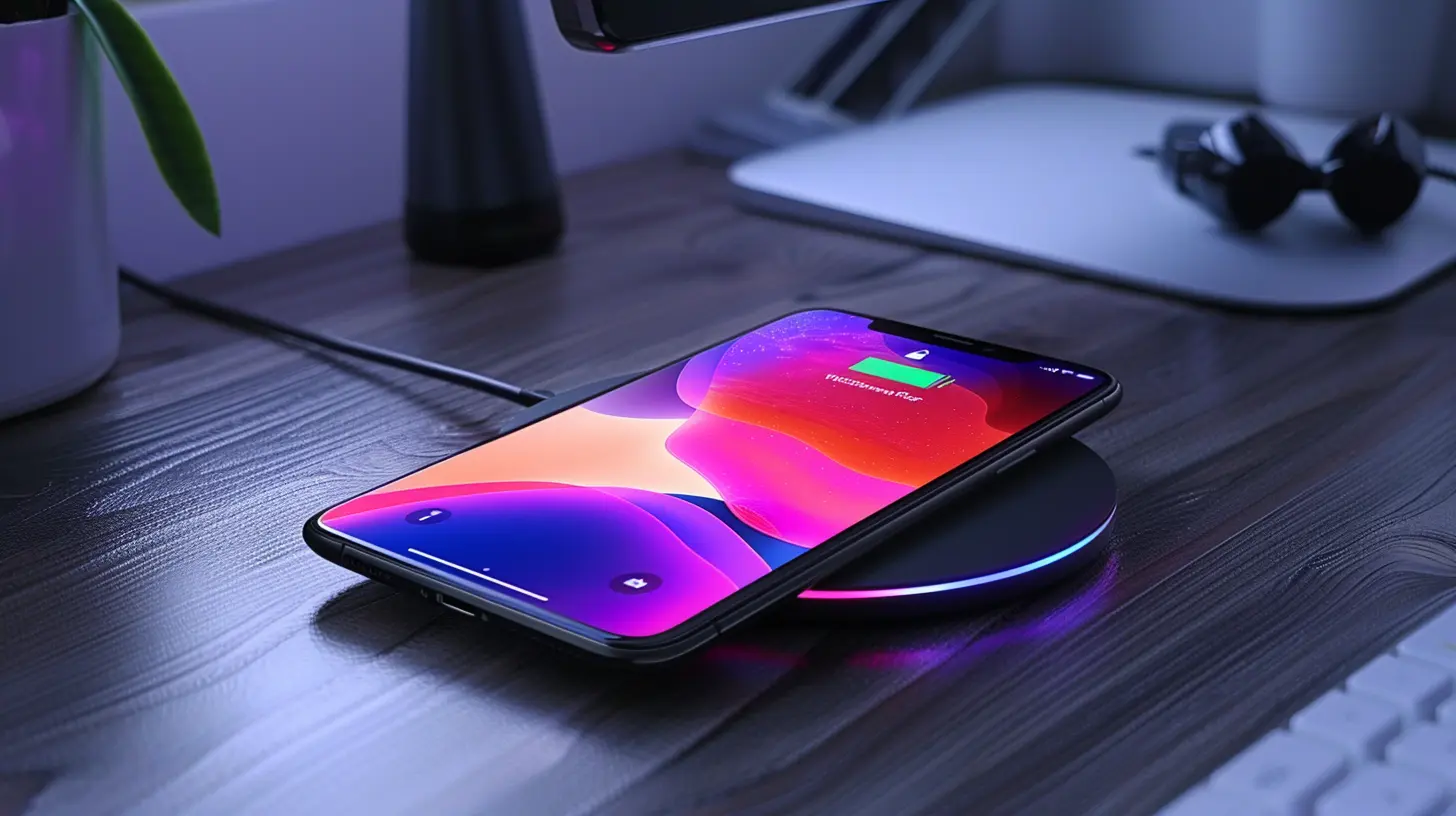
Future of Wireless Charging – Beyond Qi?
Wireless charging is constantly evolving. While Qi is the current standard, companies are already experimenting with new technologies that could make wireless charging even better. Resonant charging, for example, allows devices to charge at a distance, meaning you wouldn’t even need to place your phone directly on a charging pad. Imagine just walking into a room and having your phone automatically start charging!While this technology is still in its early stages, it’s exciting to think about where we’re headed in the world of wireless charging.
Conclusion: Which Wireless Charger is Best for You?
So, which wireless charger is best for your phone? It really depends on your needs and preferences. If you’re an iPhone user and love the idea of magnetic alignment, the Apple MagSafe Charger is a great option. If you’re on a budget, the Anker PowerWave Pad offers excellent value. For Samsung users, the Samsung Wireless Charger Stand is tailor-made for fast charging.Ultimately, when choosing a wireless charger, consider factors like charging speed, design, and price. And don’t forget – while wireless charging is convenient, it’s still slower than wired charging, so if you need a full charge in a hurry, you might want to stick with your trusty cable. But for everyday use, once you go wireless, you might never look back.
all images in this post were generated using AI tools
Category:
Review GuidesAuthor:

Gabriel Sullivan
Discussion
rate this article
1 comments
Knox Underwood
When choosing a wireless charger, prioritize compatibility, speed, and design. Brands like Anker and Belkin consistently deliver reliability and efficiency. Invest in quality to ensure your device charges quickly and safely. Don't settle for less!
October 21, 2025 at 11:29 AM

Gabriel Sullivan
Great points! Compatibility and quality are essential when selecting a wireless charger. Brands like Anker and Belkin are excellent choices for reliable performance. Thank you for sharing!

